Yoga for Beginners
This Yoga For Beginner’s Pack is just what you need to ignite your passion for yoga! Whether you are a complete beginner, or have tried yoga in the past and are ready to really get going, these 5 sessions in this pack will show you the way. This course is designed for the complete beginner, so there’s no need to be wary if you have no previous yoga experience.
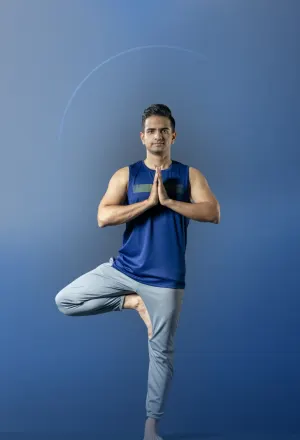
Yoga for Beginners
5 sessions
Early steps in your yoga practice
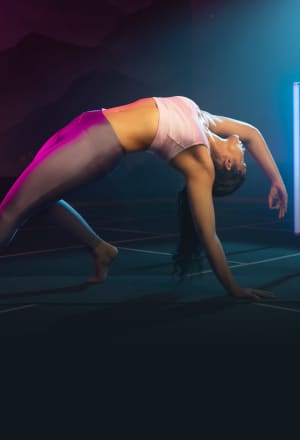
Morning Yoga Routine
6 sessions
Start your day with Yoga
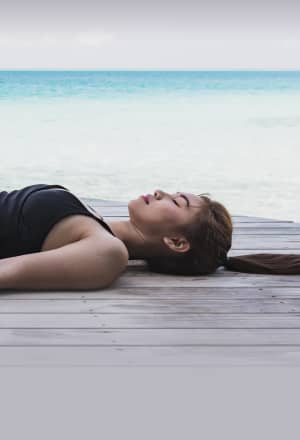
Yoga for Sleep
6 sessions
Everyday yoga for simple restorative practice
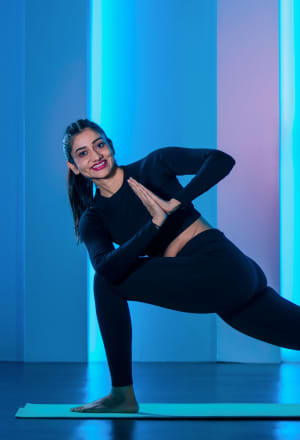
Arm Balance Yoga Poses
6 sessions
Use upper body strength to balance
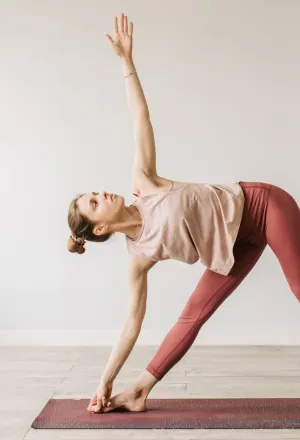
Yoga for Digestion
6 sessions
Yoga for the body's food processor
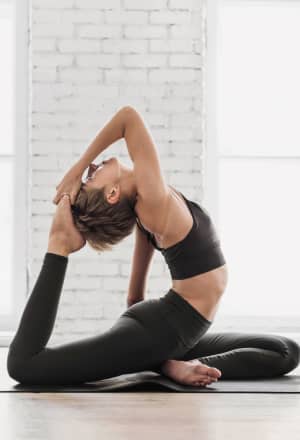
Healthy Spine
6 sessions
Exercise to Stand upright, Bend and Twist
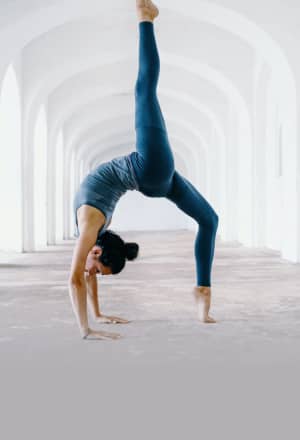
Yoga for Lower Back Pain
5 sessions
Reduce pain using Yoga
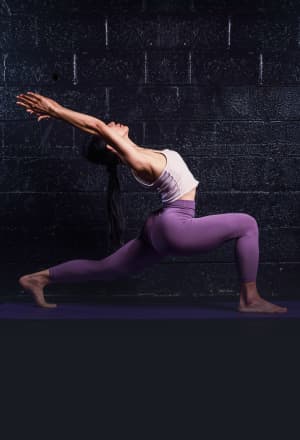
Stretch Yoga
5 sessions
Stretch to release stress and tension
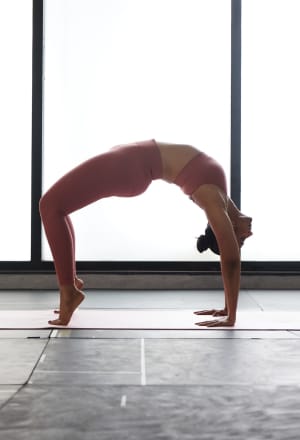
Yoga Strength - 1
7 sessions
Get started with basics
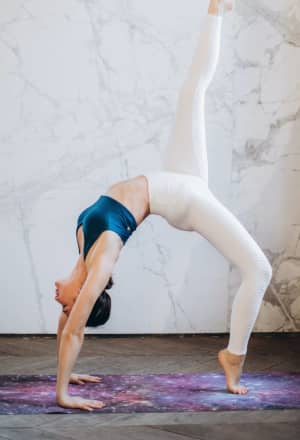
Yoga Strength - 2
7 sessions
Focus on upper and lower body strength
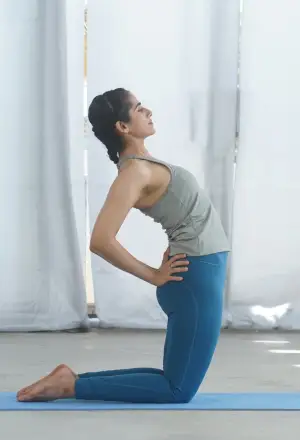
Yoga Strength - 3
7 sessions
Focus on muscle engagement and coordination
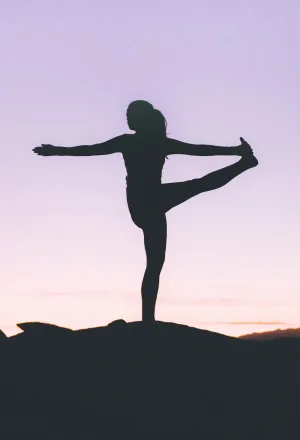
Yoga Strength - 4
7 sessions
Deeper Hatha yoga practice
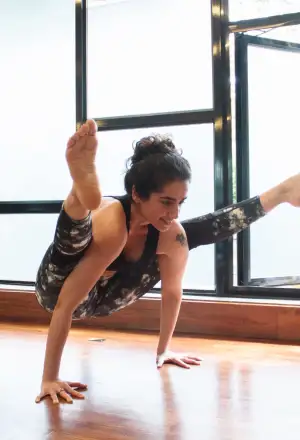
Yoga for Flexibility (English)
4 sessions
Improve Mobility and Flexibility
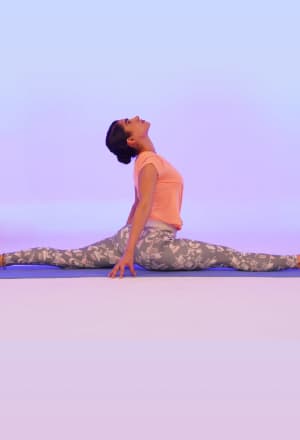
Yoga for Flexibility (Hindi)
3 sessions
Improve Mobility and Flexibility
What is Yoga for Beginners?
Yoga for beginners refers to easy level yoga poses that can be performed to gain stamina, improve body posture, and increase flexibility. Beginners’ yoga also helps you de-stress your mind and relax the body to feel rejuvenated again. The practice originated in ancient India and now yoga is popular all over the world. People also opt for online yoga classes for beginners to avoid hassle and learn from the best teachers.
What is Yoga for Beginners Workout?
Yoga for beginners workout is nothing but a combination of basic yoga poses. Those who want to start a healthy routine can start yoga for beginners at home. Some of the best yoga for beginners are Adho Mukha Svanasana, Tadasana, Utthita Ashwa Sanchalanasana, Trikonasana, Kumbhakasana, Chaturanga Dandasana, and Urdhva Mukha Svanasana. These basic yoga postures for beginners focus on various body parts and help in reaching the next level. You can also explore yoga for beginners online to learn more poses. From yoga for men beginners or women beginners, there are various online yoga classes for beginners.
How Effectively Can We Do Yoga for Beginners Workout at Home?
Unlike strength training and circuit training, yoga for beginners can be easily done at home. This is because you do not require special equipment for yoga for beginners at home. A yoga mat, chair, and comfortable space are enough to start basic yoga for beginners. For some people, home is the best place to perform morning yoga since the place is much more peaceful and comfortable when compared to other places. Yoga meditation for beginners, for instance, requires you to practice mindfulness and the peace required for this simple yoga is easily available at home.
Who Can Do Yoga for Beginners Workout?
Since it is beginners’ yoga, anyone can perform it regardless of their gender, age, or level of expertise. Basic yoga postures for beginners do not involve complex positions and thus, it is easy to get hold of them. However, you generally need to have good health to avoid any complications due to beginners’ yoga. You can also consult your general physician or health instructor before beginning beginners’ yoga for tips so that you perform it better.
Who Should Avoid Yoga for Beginners Workouts?
While easy yoga can be done by anyone, it is always suggested that you know the situations when even basic yoga for beginners is not recommended. Here are some specific conditions in which you should avoid yoga exercises for beginners: People having any medical condition that involved joint problems. In case you still wish to perform basic yoga for beginners at home, do it only under the supervision of a verified yoga practitioner. Those who experience pain while doing basic yoga should also avoid doing them. Pregnant should avoid yoga for flexibility for beginners as they involve stretching of the body. Those who have been through any surgery, sprains, or fractures should avoid yoga sequences for beginners. People having injuries related to the spine should try to avoid beginners’ yoga. These people can try basic yoga once their condition gets better. However, they should still begin with simple yoga for beginners under an expert’s supervision.
List of Best Yoga for Beginners Workouts
Whether you take online yoga classes for beginners or perform them in a class, there is some simple yoga for beginners which you will learn everywhere. Here is the list of such yoga for beginners: Tadasana or Mountain Pose Uttihita Chaturanga Dandasana or Plank Pose Balasana or Child Pose Surya Namaskar or the Sun Salutation
Various workouts step wise
Tadasana or Mountain Pose Though it is one of the easiest hatha yoga for beginners, Tadasana has been considered the “mother of asanas” as most of the asanas begin from this simple yoga pose. The word “Tada” means the mountain and thus, the name is mountain pose in English. If done with perfect technique, this beginners’ yoga helps in improving the respiratory system, increases knee strength, supports the digestive system, and boosts blood circulation. Directions: Stand barefoot on the yoga mat. Your feet and legs should be together. Now, bend your knees a bit and straighten them again to loosen up the joints. Focus on one point to avoid distraction. This is known as drishti and helps in improving mental awareness. Engage all the leg muscles and press all four corners of the feet: big toe, little toe, left side heel, and right side heel. Stretch your tailbone as if energy is passing through the body. Raise your head while breathing deeply. Gently raise your toes and balance the body. Now, stretch your hands upwards while balancing your body on your toes. Hold this pose for 5-10 seconds and exhale gently. Duration: Begin by doing this yoga for beginners at home 2 to 3 times and gradually increase the duration. Uttihita Chaturanga Dandasana or Plank Pose This is one of the most active beginners’ yoga that works for the overall muscles of the body. It strengthens the arm muscles while engaging your core muscles. It also stretches the feet and Achilles tendons. This yoga for beginners can also help in relieving the symptoms of menopause. Directions: Come in the high plank position with all four of your limbs touching the floor. You can slightly bend your elbows to feel comfortable. Keep your body in a straight position and engage the lower and upper ab muscles. Focus on breathing and keep your head slightly down. Separate your feet to maintain stability. Hold this position as long as you can. Duration: Beginners start by holding the plank pose for 10 seconds and gradually increase to 30, 45, and 60 seconds. Balasana or Child Pose Balasana is not just yoga for adults but also a great yoga for kids. Since it resembles a fetus position, it is also known as Garbhasana and Shashankasana. It is one of the most taught yoga for beginners at home. Its main focus is on regulating the breath. You can also try this yoga for digestion improvement and alleviate bloating issues. Directions: Start this simple yoga by sitting on the heels. Keep your knees apart or together as you please. Slowly, bend your body forward and touch the floor with your forehead. Your arms should remain along with the body with palms facing upwards. Now, gently press your chest on your thighs. Regulate your breathing and stay in the position for 45 sec to 1 minute. As you inhale, imagine that your breath is going towards your navel and pull your navel inwards. While you exhale, release stress from your whole body including the arms. Repeat this process for 4 to 12 breaths. Place palms under your shoulders and raise your body to return to the starting position. Duration: You can try this yoga for beginners at home for 1-3 minutes. Surya Namaskar or the Sun Salutation Surya Namaskar is one of the best yoga for beginners. It is, in fact, a combination of 12 different easy yoga poses. They help in releasing stress, strengthen the body, and improve flexibility. You should include it in morning yoga for beginners to get the best results. Surya Namaskar also helps in weight loss and getting a toned body while offering a positive impact on the mind. Directions: Pranamasana (Prayer pose): Begin with this easy yoga pose by standing straight. Relax your shoulders and when you breathe in, lift your arms. Hold your palms in a prayer position as you exhale. Hastauttanasana (Raised arms pose): Now, breathe again and lift your hands in upward directions so that they stretch above your head. Keep your biceps near your ears and stretch your body backward. Hastapadasana (Standing forward bend): Exhale and now bend your body forward to touch your toes with your fingertips. Ashwa Sanchalanasana (Equestrian pose): Now move a bit and push your right leg back. Touch the left knee on the floor and look upwards. Dandasana (Stick pose): Inhale and take the left leg back. Your body should be in a position where the whole body is in a straight line. Ashtanga Namaskara (Salute with eight parts or points): It is time to gently bring both of your knees down to the floor. Touch the floor with your chest and chin while holding your hips slightly up. Eight points of your body i.e., chin, chest, two palms, two knees, two toes should touch the floor. Bhujangasana (Cobra pose): Relax and breathe again. Now, slide forward with your chest raising like a cobra. Your head should be facing upwards. Adho Mukha Svanasana (Downward facing dog pose): Breathe out and raise your Hips to make an inverted “v” pose with your body. Ashwa Sanchalanasana (Equestrian pose): Come back to Ashwa Sanchalanasana as mentioned in Step 4. Hastapadasana (Standing forward bend): Now, bend your body with palms touching the floor to come in Hastapadasana pose. Hastauttanasana (Raised arms pose): Rise up with extended hands that return to the prayer pose with folded palms. Tadasana (Mountain Pose): In the last pose, return your folded palms to your chest and stand straight in the mountain pose. Duration: It is good to perform 12 rounds of Surya Namaskar daily.
Benefits of Doing Yoga for Beginners Workouts
Yoga for beginners is not just for improving your physical health. This effective method also proves effective in supporting mental and spiritual health. Below are some of the benefits you can get from performing online yoga for beginners. Beginners’ yoga focuses on improving the flexibility of the back, spine, legs, shoulders, hips, and various other body parts. There are some basic yoga poses that support the digestive system, heart, and kidney health to alleviate diseases. Yoga also improves blood circulation. Some yoga meditation for beginners helps in reducing stress and anxiety effectively. It regulates your breathing. Some people also perform yoga for weight loss and toned muscles. People can also benefit from yoga for lower back pain, neck pain, menstrual pain, and other painful conditions.
Disadvantages of Doing Yoga for Beginners Workouts
Usually, yoga exercises for beginners do not have any disadvantages. But some issues may come if you do not perform them properly. These disadvantages are: Not following the right directions for hatha yoga for beginners may lead to muscle sprains. If you perform morning yoga for beginners when you have health conditions like hypertension or have gone through any surgery, you may experience discomfort and pain. Certain yoga for flexibility for beginners or yoga for men beginners requires contraction of the abdomen and rapid movements which are not safe for women who are pregnant and who have just given birth.
Dos & Don’ts
Do’s Always breathe through your nose unless it is specifically mentioned by the yoga instructor or directions available for yoga for beginners online. Wear comfortable and stretchable clothes so that you are able to freely move your body to perform yoga sequences for beginners. Practice beginners’ yoga at least two hours before or after having your meals. Find a quiet and calm place to perform morning yoga for beginners. Always do a warm-up even before simple yoga poses to avoid any injury or strain. Drink water to stay hydrated before the yoga session. Don’ts Do not overdo yoga for beginners as it can put a strain on muscles and lead to injury. Stay away from alcohol consumption before doing beginners’ yoga. Avoid yoga if you are menstruating heavily. Do not perform strenuous exercises after doing yoga for beginners. Do not perform easy yoga fast or in a hurried manner.
Things Required to Do Yoga for Beginners Workout if You Are at Home & Gym?
When you perform online yoga for beginners, you do not require any specific equipment. But there are a few things that can make your yoga session better and comfortable. These include the following. A Yoga Mat A Water Bottle A Clean Towel Comfortable Clothes such as Yoga Pants
Top Searches
Dentist Near Me | Gynaecologist Near Me | Dermatologist Near Me | Endocrinologist Near Me | Pulmonologist Near Me | Cardiologist Near Me | Orthopedist Doctor Near Me | Thyroid Test | Pregnancy Test | Full Body Checkup | Kidney Function Test | Therapist Near Me | Online Counselling | Physiotherapist Near Me

